|
Kuleana Rum Shack
(Restaurant and Bar) Queens' Market Place: 69-201 Waikoloa Beach Dr, Waikoloa, HI 96738 Hours: 11:30am - 9:30pm every day Happy Hour: 3pm - 5:30pm Phone: 808-238-0RUM (0786) For Private Tours of the Farm and Distillery https://www.kailanitourshawaii.com/tours/kuleana-rum-experience/ |
Steve Jefferson, the CEO of Kuleana Rumworks, is a former journalist and the company reflects that. According to Steve: “Our intention with this company is to come up with a product that is truly of this place. The ko (sugarcane) that we’re regrowing and reestablishing through sharing cuttings with the community is literally the essence of the culture that has been Hawaii since the very beginning. We want that essence to come back, to be highlighted and to be present in a product that people from elsewhere can enjoy, share and talk about. It’s almost impossible to have this product and not hear about the huge accomplishments of wayfinding and agricultural feats that the Hawaiians had while Europe was still in the Dark Ages.”
About the Brand
-
Founding Story
-
The Team
-
The Name
-
Approach to Rum
-
Bottle Design
<
>
Founding Story
In 2006, Steve Jefferson, and his wife Jackie, and their two children left Hawaii and took a sailboat journey through the Caribbean, which included a stop in Martinique. There, Steve and Jackie discovered rhum agricole, which they found eye-opening to what rum could be. “My wife and I were sailing in the Caribbean with our one and three year old. One of the many islands we sailed to was Martinique. It is very similar to Hawaii. We toured the Depaz Rhum distillery where they had a sugarcane field and a cool old distillery. It was there we tried agricole for the first time. I remember looking at Jackie, still holding the glass, and said we have to move back to Hawaii to start a rum distillery.”
Upon moving back to Hawaii Island in 2012, the idea to start a rum company was put into progress with Chris Schlarb being the first to come onboard. Together, Chris and Steve learned how to make molasses-based rum through home distilling. They also become acquainted with Dr. Noah Lincoln’s work in ko, the Hawaiian varieties of sugarcane (www2.hawaii.edu/~nlincoln/). Through Schlarb, the company obtained cuttings to start regrowing a collection of native Hawaiian cane derived from original canoe plants on two acres of former sugarcane land in North Kohala. Since then, the company expanded their team and their farmland to 45 acres with 15 acres currently planted. Their large financial commitment also includes the opening of Kuleana Rum Shack in Queen’s MarketPlace in the Waikaloa Resort.
In 2006, Steve Jefferson, and his wife Jackie, and their two children left Hawaii and took a sailboat journey through the Caribbean, which included a stop in Martinique. There, Steve and Jackie discovered rhum agricole, which they found eye-opening to what rum could be. “My wife and I were sailing in the Caribbean with our one and three year old. One of the many islands we sailed to was Martinique. It is very similar to Hawaii. We toured the Depaz Rhum distillery where they had a sugarcane field and a cool old distillery. It was there we tried agricole for the first time. I remember looking at Jackie, still holding the glass, and said we have to move back to Hawaii to start a rum distillery.”
Upon moving back to Hawaii Island in 2012, the idea to start a rum company was put into progress with Chris Schlarb being the first to come onboard. Together, Chris and Steve learned how to make molasses-based rum through home distilling. They also become acquainted with Dr. Noah Lincoln’s work in ko, the Hawaiian varieties of sugarcane (www2.hawaii.edu/~nlincoln/). Through Schlarb, the company obtained cuttings to start regrowing a collection of native Hawaiian cane derived from original canoe plants on two acres of former sugarcane land in North Kohala. Since then, the company expanded their team and their farmland to 45 acres with 15 acres currently planted. Their large financial commitment also includes the opening of Kuleana Rum Shack in Queen’s MarketPlace in the Waikaloa Resort.
The Team/ Board of Directors
The team was purposefully constructed of people that have personal connections to the Big Island. The team consists of:
Steve Jefferson
Steve is from the Kona side of Hawaii Island and graduated from Konawaena. He has a background in journalism having worked for Pacific Business News and in communications having served as the Communications Officer for Mauna Kea Observatories.
Chris Schlarb
Chris, who does the blending and distilling, has learned distilling through on-the-job experimentation since 2012 and from expert consultants, including partner Dave Perkins and a 35-year veteran rum producer from Martinique who’s family goes back many generations in agricole making.
Charlie Sander
Charlie has a wealth of business and start-up experience and has built and sold several successful companies. He’s lived on the Big Island for the past couple decades. Before Charlie started on the project, it was a two-family business with the plan to boot strap it.
David Perkins
Yes, the founder of High West Distillery, which was named 2016 Distillery of the Year by Whisky Advocate, is a partner. According to Steve, he is very innovative and is to blending what their expert consultant, Gilles Cognier, from Martinique is to distilling.
The team was purposefully constructed of people that have personal connections to the Big Island. The team consists of:
Steve Jefferson
Steve is from the Kona side of Hawaii Island and graduated from Konawaena. He has a background in journalism having worked for Pacific Business News and in communications having served as the Communications Officer for Mauna Kea Observatories.
Chris Schlarb
Chris, who does the blending and distilling, has learned distilling through on-the-job experimentation since 2012 and from expert consultants, including partner Dave Perkins and a 35-year veteran rum producer from Martinique who’s family goes back many generations in agricole making.
Charlie Sander
Charlie has a wealth of business and start-up experience and has built and sold several successful companies. He’s lived on the Big Island for the past couple decades. Before Charlie started on the project, it was a two-family business with the plan to boot strap it.
David Perkins
Yes, the founder of High West Distillery, which was named 2016 Distillery of the Year by Whisky Advocate, is a partner. According to Steve, he is very innovative and is to blending what their expert consultant, Gilles Cognier, from Martinique is to distilling.
The Name
Kuleana Rumworks was initially hesitant to use the word kuleana because of the gravity that it holds. According to Steve: “By using the word kuleana, it’s saying that we’re personally accountable and deliberately intentional about this product. If a coffee company is a caffeine delivery device, and the general alcohol market is an alcohol delivery device, what we’re trying to do with our rum is to be a story of Hawaii delivery device. Everything from the packaging to the bottling is meant to help share a story of Hawaii. We think that the story of Hawaii is now primed, and that people are now ready to receive it in a way that’s very different than of the last several decades --you could even argue the last hundred years. People are now realizing that being thoughtful and intentional can have an enormous impact on the quality of their life that supersedes the need to maximize profits.”
The logo features a waa (Hawaiian word for canoe) following the stars, which also helps to tell the story of wayfinding and the history of how ko was brought to Hawaii.
Kuleana Rumworks was initially hesitant to use the word kuleana because of the gravity that it holds. According to Steve: “By using the word kuleana, it’s saying that we’re personally accountable and deliberately intentional about this product. If a coffee company is a caffeine delivery device, and the general alcohol market is an alcohol delivery device, what we’re trying to do with our rum is to be a story of Hawaii delivery device. Everything from the packaging to the bottling is meant to help share a story of Hawaii. We think that the story of Hawaii is now primed, and that people are now ready to receive it in a way that’s very different than of the last several decades --you could even argue the last hundred years. People are now realizing that being thoughtful and intentional can have an enormous impact on the quality of their life that supersedes the need to maximize profits.”
The logo features a waa (Hawaiian word for canoe) following the stars, which also helps to tell the story of wayfinding and the history of how ko was brought to Hawaii.
Approach to Product
Kuleana Rumworks believes rum is a very diverse category of spirit; however, Americans don’t get to try a lot of what’s out there because many of the major distilleries add colors and flavors. Kuleana Rumworks also want to be accessible. According to Steve: “We’re pricing ourselves against the Martinique varitials, as that’s the home of rhum agricole. Before bottling, we also taste our batch against the best rhum agricoles from Martinique. Our intention is to sell our product on the mainland, and when you’re comparing our product to other bottles on the shelf, we’re wanting it to be a totally viable option. But that [$50] price point is hard as it is really expensive to make rhum agricole because of the juice part.” He also noted that all distilled spirits are gluten-free and sugar-free when they come off the still. However, some companies choose to add sugar back into their product.
To execute this, Kuleana Rumworks puts an emphasis on craftsmanship. According to Steve, craftsmanship is about three things: 1) A really good idea or plan. 2) Excellent Materials 3) The usage of embodied knowledge (like the way a chef holds a knife).
Steve also explained: “Kuleana Rumworks is a great idea in that it’s something that’s good for tourism, good for people who want to drink something from Hawaii, and good for people from Hawaii who want to share something uniquely Hawaii with the world without it being adulterated. Plus, the materials are unavailable anywhere else in the world. Cane originated in Papua New Guinea, and only one varietal made it out of the Pacific overland to the Caribbean; all the rest were in the Pacific and the Hawaiians cultivated 40 cane varieties of their own. This is where the materials are. Then, you do the craftsmanship part, and like the Japanese, aspire to make the best thing knowing you’ll never obtain it. Fortunately, the market is receptive to people that want to work that way, and people willing to spend a little bit more for quality.”
Kuleana Rumworks believes rum is a very diverse category of spirit; however, Americans don’t get to try a lot of what’s out there because many of the major distilleries add colors and flavors. Kuleana Rumworks also want to be accessible. According to Steve: “We’re pricing ourselves against the Martinique varitials, as that’s the home of rhum agricole. Before bottling, we also taste our batch against the best rhum agricoles from Martinique. Our intention is to sell our product on the mainland, and when you’re comparing our product to other bottles on the shelf, we’re wanting it to be a totally viable option. But that [$50] price point is hard as it is really expensive to make rhum agricole because of the juice part.” He also noted that all distilled spirits are gluten-free and sugar-free when they come off the still. However, some companies choose to add sugar back into their product.
To execute this, Kuleana Rumworks puts an emphasis on craftsmanship. According to Steve, craftsmanship is about three things: 1) A really good idea or plan. 2) Excellent Materials 3) The usage of embodied knowledge (like the way a chef holds a knife).
Steve also explained: “Kuleana Rumworks is a great idea in that it’s something that’s good for tourism, good for people who want to drink something from Hawaii, and good for people from Hawaii who want to share something uniquely Hawaii with the world without it being adulterated. Plus, the materials are unavailable anywhere else in the world. Cane originated in Papua New Guinea, and only one varietal made it out of the Pacific overland to the Caribbean; all the rest were in the Pacific and the Hawaiians cultivated 40 cane varieties of their own. This is where the materials are. Then, you do the craftsmanship part, and like the Japanese, aspire to make the best thing knowing you’ll never obtain it. Fortunately, the market is receptive to people that want to work that way, and people willing to spend a little bit more for quality.”
Bottle
“Our bottles are based off the myriad treasures that are found in caches from time to time: the old soda bottles that were made 100 years ago in many towns across the state.” One example of a bottle used as reference is from Star Soda Waterworks in Honolulu.
“Our bottles are based off the myriad treasures that are found in caches from time to time: the old soda bottles that were made 100 years ago in many towns across the state.” One example of a bottle used as reference is from Star Soda Waterworks in Honolulu.
Hawaiian Rhum Agricole
The Still
Production Process
Hawaiian Rhum Agricole
-
Harvest
-
Fermentation
-
Water Treatment
-
Barrel Aging
<
>
Harvest
There’s one sugarcane harvest per batch. Sugarcane is cut, juiced and fermented in the same day.
There’s one sugarcane harvest per batch. Sugarcane is cut, juiced and fermented in the same day.
Fermentation
Fermentation lasts between two to five days and is vastly affected by Hawaii’s climate variables. To help regulate the temperature, the sugarcane juice is fermented in stainless steel propylene glycol jacketed tanks.
The fermentation process starts almost immediately, which makes rhum agricole a very difficult style to produce. A fun fact according to Steve: “Only rum agricole starts with exactly what the yeast wants. It turns out that unadulterated sugarcane juice is what every single spirit’s fermentation batch is trying to replicate. We figured that out by reverse engineering other mash bills including: how they make vodka, the mash for bourbon, and the wash for molasses-based rum. The thing they all have in common is that they all have to have the same brix, a similar pH, be in a certain temperature range, and have sugar in it. We were stunned that all of those parameters are exactly what it is for sugarcane juice. The side of the package of any commercial yeast says “Saccharomyces,” which means little sugar critter. This makes fresh sugarcane juice the undisputed, prime fermenting liquid. However, because of this, wild yeast and all bacteria want to ferment this stuff, so the second it gets turned into juice, biological warfare between any number of microorganisms immediately begins, so it’s really difficult to have your particular yeast be the winner. The secret to being a rhum agricole maker is being able to treat the sugarcane juice properly. Rhum agricoles vary in quality because the handling of the juice is done differently depending on who is making it, so when you hear funky rhum agricoles, it’s from bacterial fermentation.”
Fermentation lasts between two to five days and is vastly affected by Hawaii’s climate variables. To help regulate the temperature, the sugarcane juice is fermented in stainless steel propylene glycol jacketed tanks.
The fermentation process starts almost immediately, which makes rhum agricole a very difficult style to produce. A fun fact according to Steve: “Only rum agricole starts with exactly what the yeast wants. It turns out that unadulterated sugarcane juice is what every single spirit’s fermentation batch is trying to replicate. We figured that out by reverse engineering other mash bills including: how they make vodka, the mash for bourbon, and the wash for molasses-based rum. The thing they all have in common is that they all have to have the same brix, a similar pH, be in a certain temperature range, and have sugar in it. We were stunned that all of those parameters are exactly what it is for sugarcane juice. The side of the package of any commercial yeast says “Saccharomyces,” which means little sugar critter. This makes fresh sugarcane juice the undisputed, prime fermenting liquid. However, because of this, wild yeast and all bacteria want to ferment this stuff, so the second it gets turned into juice, biological warfare between any number of microorganisms immediately begins, so it’s really difficult to have your particular yeast be the winner. The secret to being a rhum agricole maker is being able to treat the sugarcane juice properly. Rhum agricoles vary in quality because the handling of the juice is done differently depending on who is making it, so when you hear funky rhum agricoles, it’s from bacterial fermentation.”
Water Treatment
No water treatment, but NELHA (Natural Energy Laboratory of Hawaii Authority) deep-water source from Kona is used for dilution. According to Steve, the water source is easily accessible from Hawaii Island and high in quality; however, it’s not meant to be a gimmick, nor is it a point of emphasis. He also added: “We have to dilute a lot less because our rum comes out at a relatively low ABV, which means that a surprising amount of the original fermentation actually comes out as the spirit. Most of what you’re drinking was the sugarcane juice.”
No water treatment, but NELHA (Natural Energy Laboratory of Hawaii Authority) deep-water source from Kona is used for dilution. According to Steve, the water source is easily accessible from Hawaii Island and high in quality; however, it’s not meant to be a gimmick, nor is it a point of emphasis. He also added: “We have to dilute a lot less because our rum comes out at a relatively low ABV, which means that a surprising amount of the original fermentation actually comes out as the spirit. Most of what you’re drinking was the sugarcane juice.”
Aging
A yet to be released aged product is currently resting in cognac barrels. According to Steve: “The French are really good at making high quality products and agricole borrows heavily from the Cognac Industry. Even though Cognac barrels cost three to five times as much as other whiskey barrels, it is important for us to find the very best ingredients and materials to work with.”
A yet to be released aged product is currently resting in cognac barrels. According to Steve: “The French are really good at making high quality products and agricole borrows heavily from the Cognac Industry. Even though Cognac barrels cost three to five times as much as other whiskey barrels, it is important for us to find the very best ingredients and materials to work with.”
Blended Rum
Kuleana Rumworks makes two products which blend rum with other rum to provide a flavorful alternative to the typical approach of adding caramel coloring and sugar for flavoring. These blends were also purposefully created with price point in mind as they use more expensive products to modify less expensive base rum. The approach is also similar to creating a split-base cocktail, which uses a more expensive and more “flavorful” spirit to modify a less expensive base spirit.
Steve also added, “There’s no reason why people from Hawaii can’t be the one to source and blend rum from all over the world and bring them to the American market. You don’t need someone from the mainland to do that. Thus, what we’re trying to do is come up with these plans that are super unique and creative and yet super accessible. Hawaii also has a thousand-year-history of growing the world’s tastiest sugarcane, and there are few cultures in the world with a thousand-year-history of growing anything.
No part of doing business is feasible, but if you can come up with a value added product that is good enough, you have the chance of making it work anyway. However, you need the planning, materials, and craftsmanship, and we’re convinced that there’s no reason people in Hawaii can’t be these world class craftsmen."
Steve also added, “There’s no reason why people from Hawaii can’t be the one to source and blend rum from all over the world and bring them to the American market. You don’t need someone from the mainland to do that. Thus, what we’re trying to do is come up with these plans that are super unique and creative and yet super accessible. Hawaii also has a thousand-year-history of growing the world’s tastiest sugarcane, and there are few cultures in the world with a thousand-year-history of growing anything.
No part of doing business is feasible, but if you can come up with a value added product that is good enough, you have the chance of making it work anyway. However, you need the planning, materials, and craftsmanship, and we’re convinced that there’s no reason people in Hawaii can’t be these world class craftsmen."
Huihui
Suggested Retail Price: $30.
Huihui is an white rum with a molasses-based rum from Papua New Guinea, agricole from Martinique and Kuleana Hawaiian Rum Agricole. According to Steve: “The base in the Huihui comes from Papua New Guinea. I think we’re their first and only U.S. customer. We mix in our own agricole for the flavor and then some Martinique agricole, which has some spicier notes for accent.”
According to Kuleana Rumworks: “Huihui is something that is “mixed, mingled, united, or pooled together.”
Suggested Retail Price: $30.
Huihui is an white rum with a molasses-based rum from Papua New Guinea, agricole from Martinique and Kuleana Hawaiian Rum Agricole. According to Steve: “The base in the Huihui comes from Papua New Guinea. I think we’re their first and only U.S. customer. We mix in our own agricole for the flavor and then some Martinique agricole, which has some spicier notes for accent.”
According to Kuleana Rumworks: “Huihui is something that is “mixed, mingled, united, or pooled together.”
Nanea
Suggested Retail Price: $35.
According to Steve: “For the base rum, we found a sublime light rum from Guatemala which was distilled at 90-94% ABV and aged in oak. Then, for the body, we wanted a heavy rum distilled at a lower ABV to keep more of the juicy flavors coming through. We found a molasses-based rum from Guadalupe to give it that dark, rich flavor. Then we found one from El Salvador that was aged four years in bourbon barrels that was also very light; there was something very magical about those barrels, which gave the rum a really cool, oaky flavor. By itself, we thought it was a little bit overwhelming, so we only added a little of the [El Salvador molasses-based rum] into our rum to give it its richness because we didn’t want to lean on oak to sell it. That way, you don’t taste oak before you taste everything else. Also, this gives you a highly dynamic range at an affordable price.”
The inspiration for this rum is that instead of adding caramel coloring to make the rum dark, Kuleana Rumworks wanted to use rum actually aged in oak barrels to give Nanea its complexion. According to Steve: “Nanea was developed for bartenders to have a really good aged rum AND still be used in cocktails AND that’s a really nice sip AND is only $35 a bottle (retail).
Suggested Retail Price: $35.
According to Steve: “For the base rum, we found a sublime light rum from Guatemala which was distilled at 90-94% ABV and aged in oak. Then, for the body, we wanted a heavy rum distilled at a lower ABV to keep more of the juicy flavors coming through. We found a molasses-based rum from Guadalupe to give it that dark, rich flavor. Then we found one from El Salvador that was aged four years in bourbon barrels that was also very light; there was something very magical about those barrels, which gave the rum a really cool, oaky flavor. By itself, we thought it was a little bit overwhelming, so we only added a little of the [El Salvador molasses-based rum] into our rum to give it its richness because we didn’t want to lean on oak to sell it. That way, you don’t taste oak before you taste everything else. Also, this gives you a highly dynamic range at an affordable price.”
The inspiration for this rum is that instead of adding caramel coloring to make the rum dark, Kuleana Rumworks wanted to use rum actually aged in oak barrels to give Nanea its complexion. According to Steve: “Nanea was developed for bartenders to have a really good aged rum AND still be used in cocktails AND that’s a really nice sip AND is only $35 a bottle (retail).
Kuleana Rumshack
Kuleana Rum Shack has opened in the Queenshops at Waikaloa. The point of the rum shack is to be a visitor center, where tourists can learn more about Hawaii while thinking that they are just going to a bar or restaurant. If you look at the rum shack, it’s kind of built like a garage with five garage doors; we kept the actual garage door openers in there. Inside, there are picnic benches making it nice enough so that people might not realize it’s just a garage. However, the point is that people in Hawaii party and celebrate in their garages. We built this rum shack so people from Hawaii would feel super comfortable, but we put it in the middle of the resort area where people from somewhere else can come and celebrate with us and feel like they’re part of something. It’s in our DNA-- wanting to share this thing about Hawaii with all these people who are realizing how cool it is for the first time.
Availability
Kamuela Liquor Store
64-1010 Mamalahoa Hwy, Kamuela, HI 96743
The Puako General Store
69-1649 Puako Beach Dr, Kamuela, HI 96743
Kona Wine Market (ships to Mainland)
https://www.konawinemarket.com/
73-5613 Olowalu St, Ste 1
Kailua Kona, HI 96740
64-1010 Mamalahoa Hwy, Kamuela, HI 96743
The Puako General Store
69-1649 Puako Beach Dr, Kamuela, HI 96743
Kona Wine Market (ships to Mainland)
https://www.konawinemarket.com/
73-5613 Olowalu St, Ste 1
Kailua Kona, HI 96740

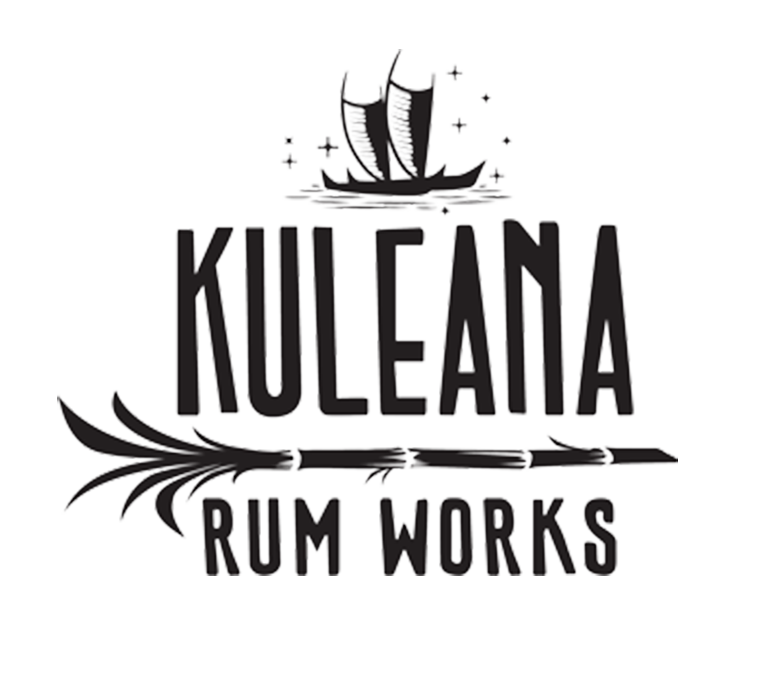
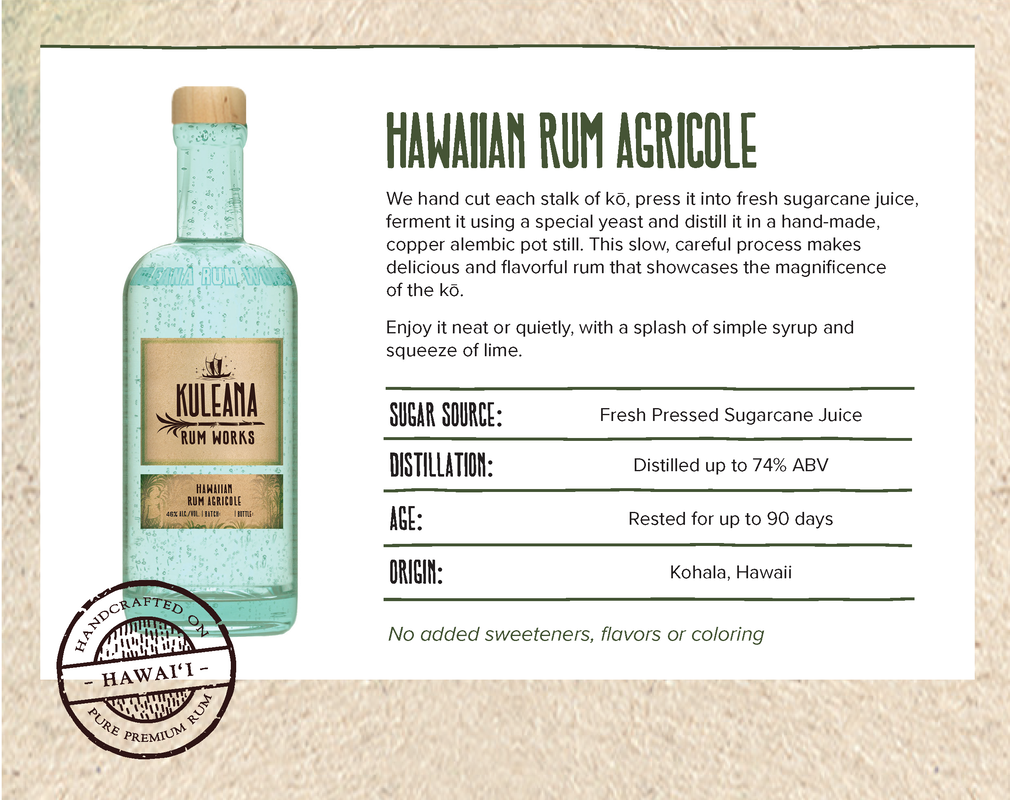
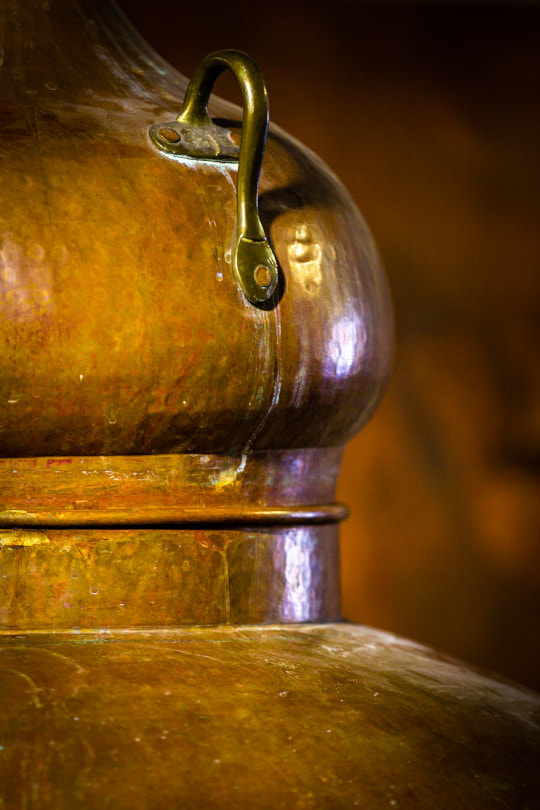
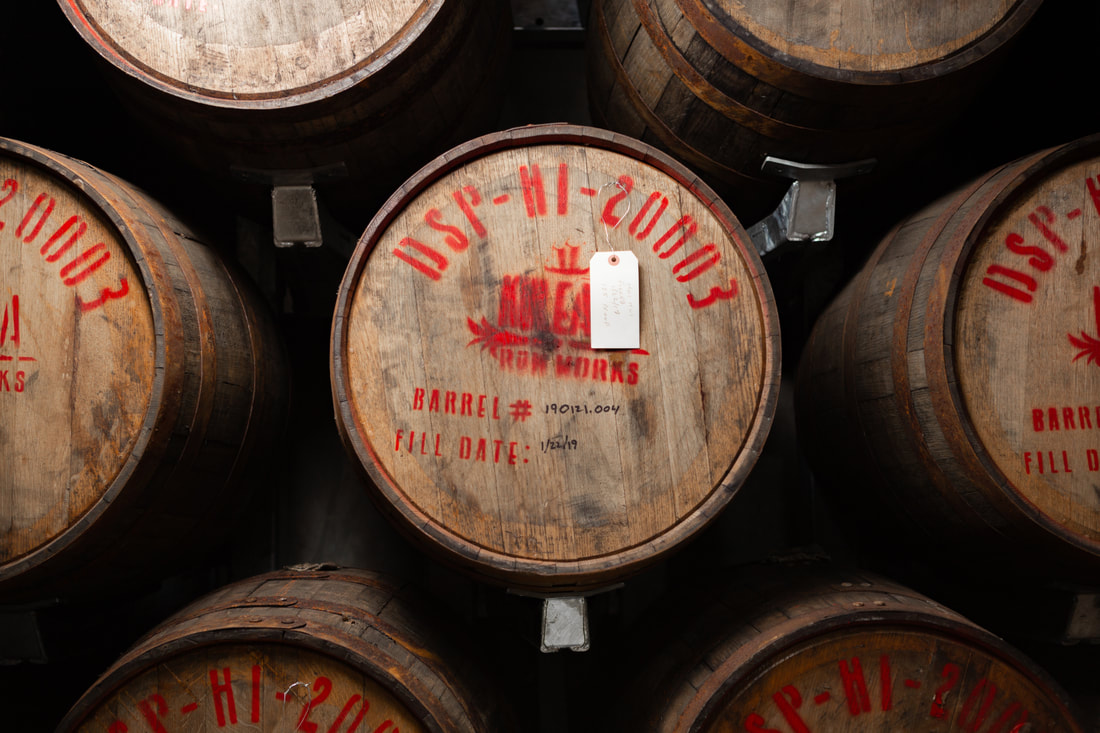
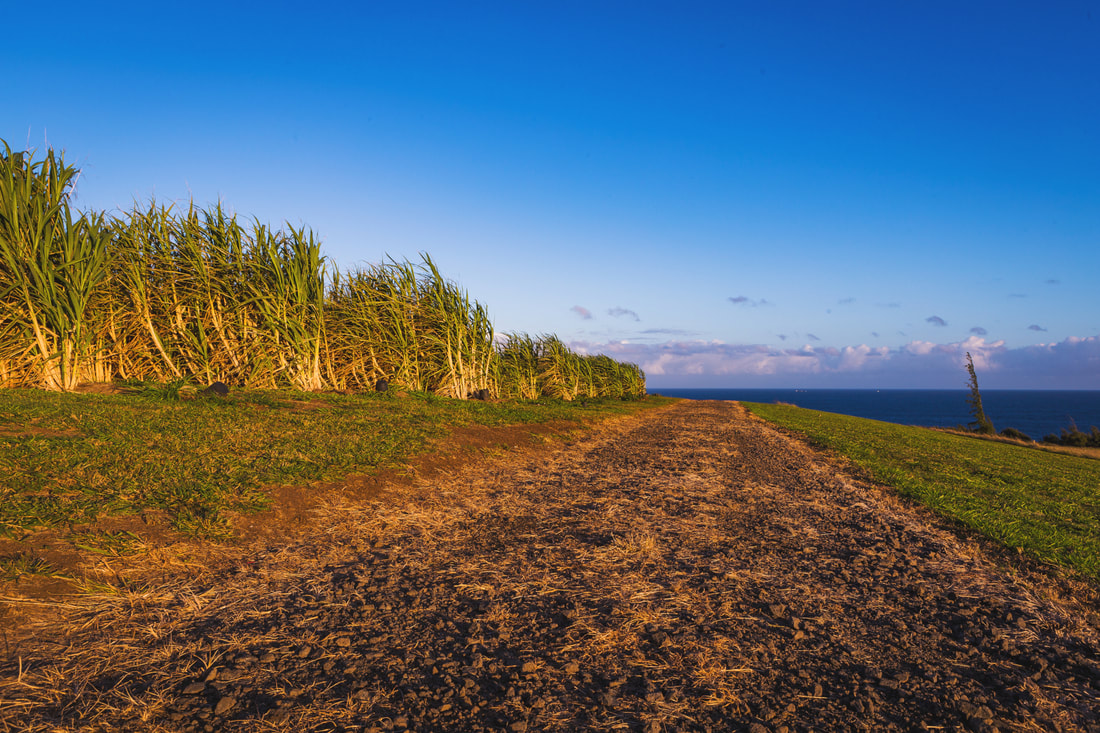
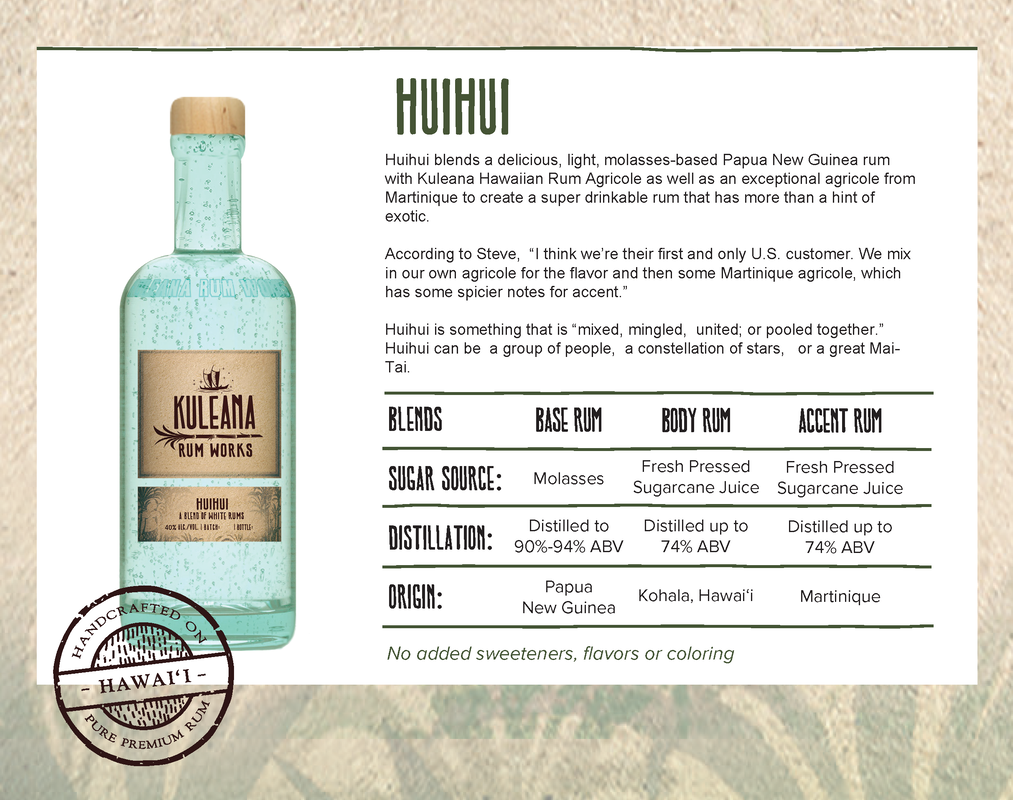
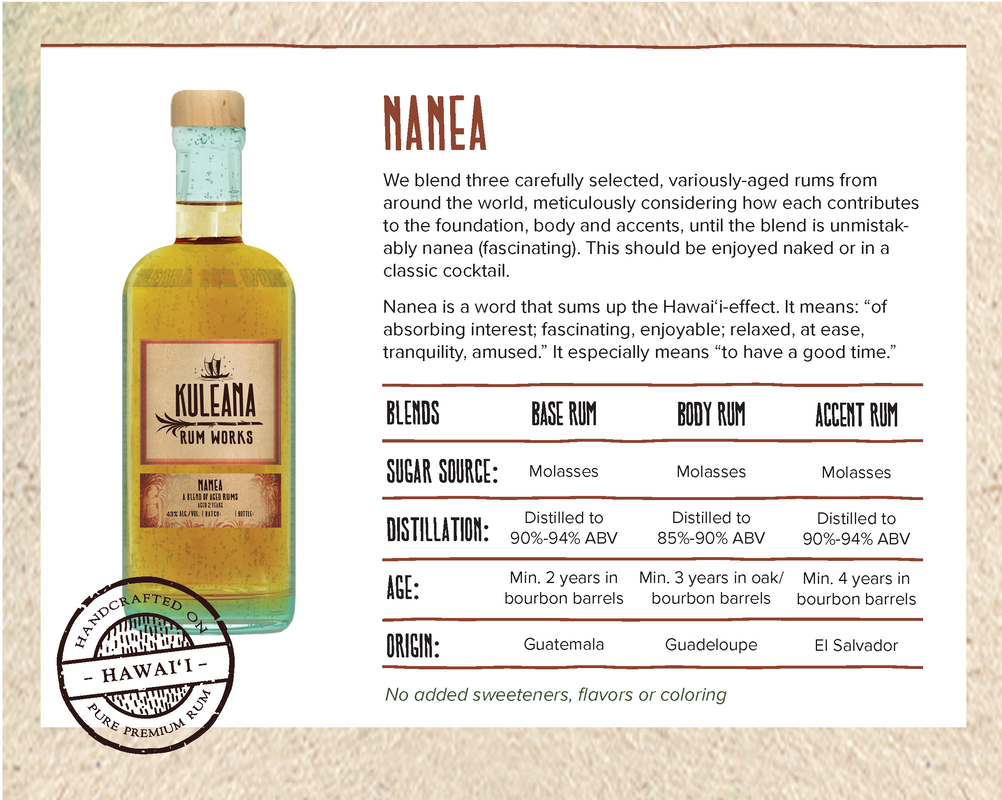
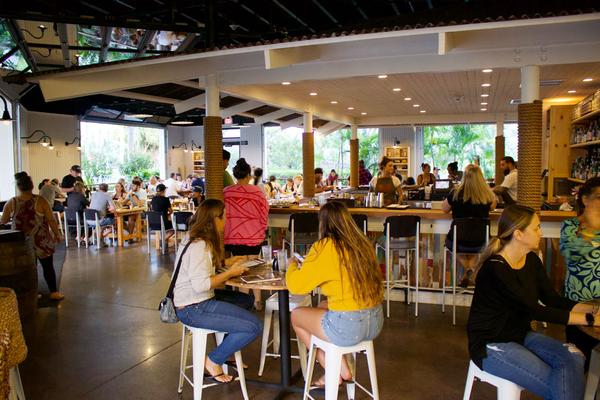
 RSS Feed
RSS Feed